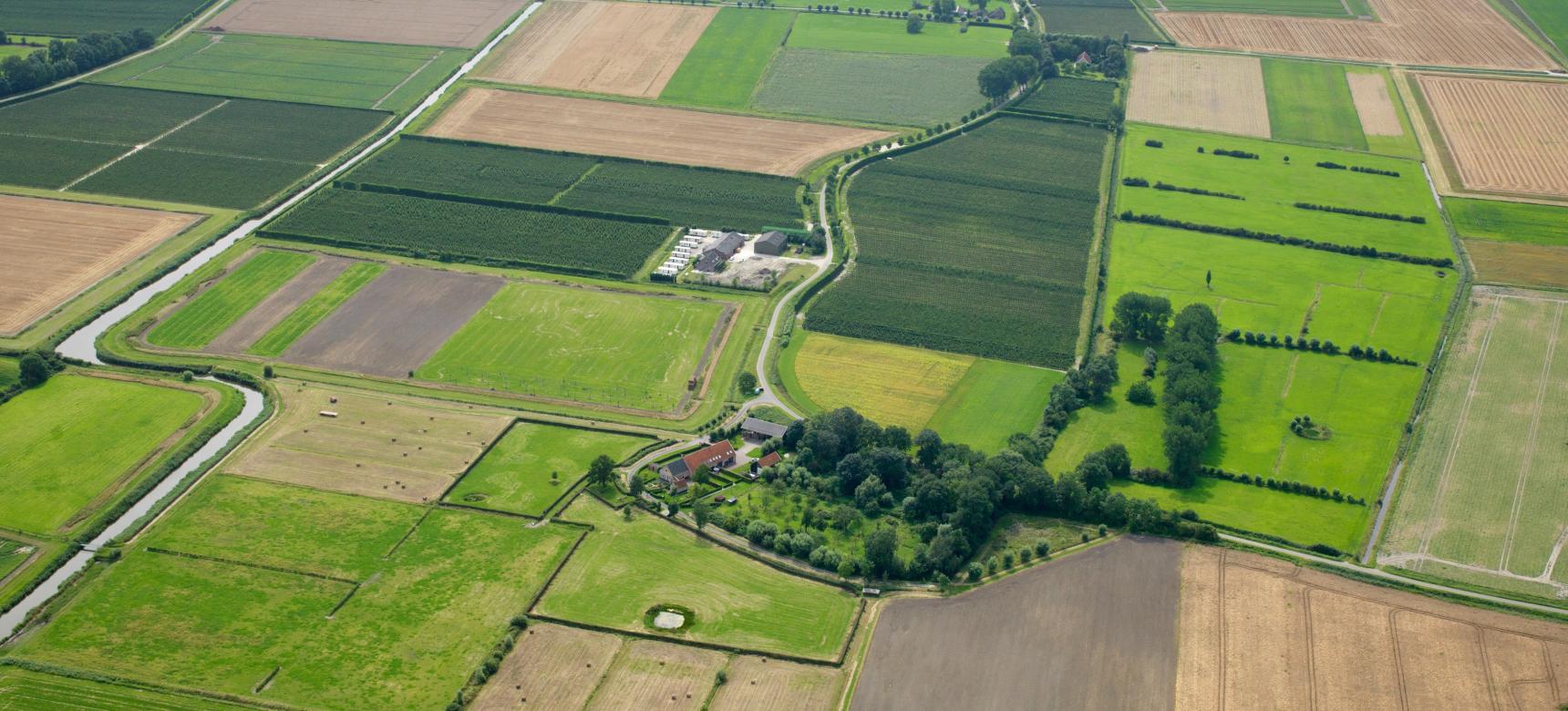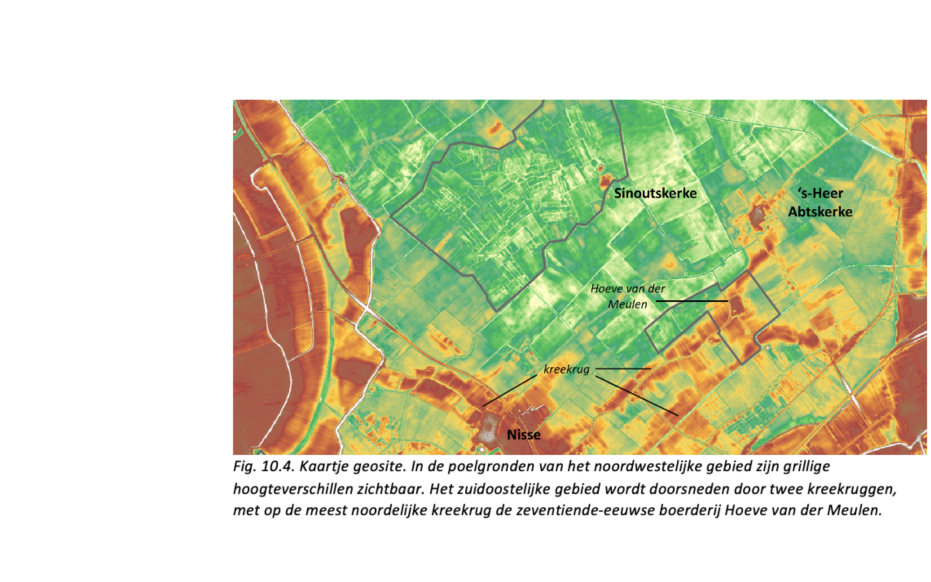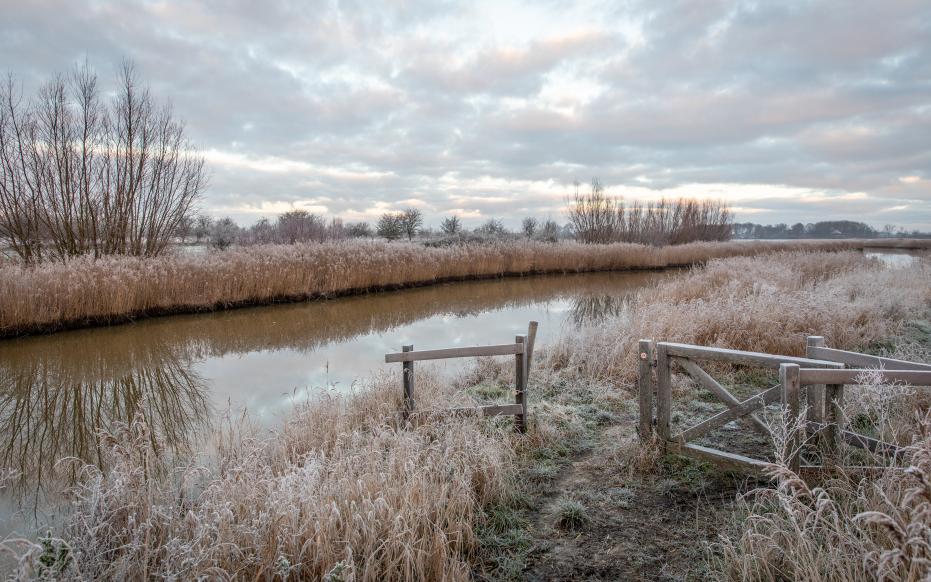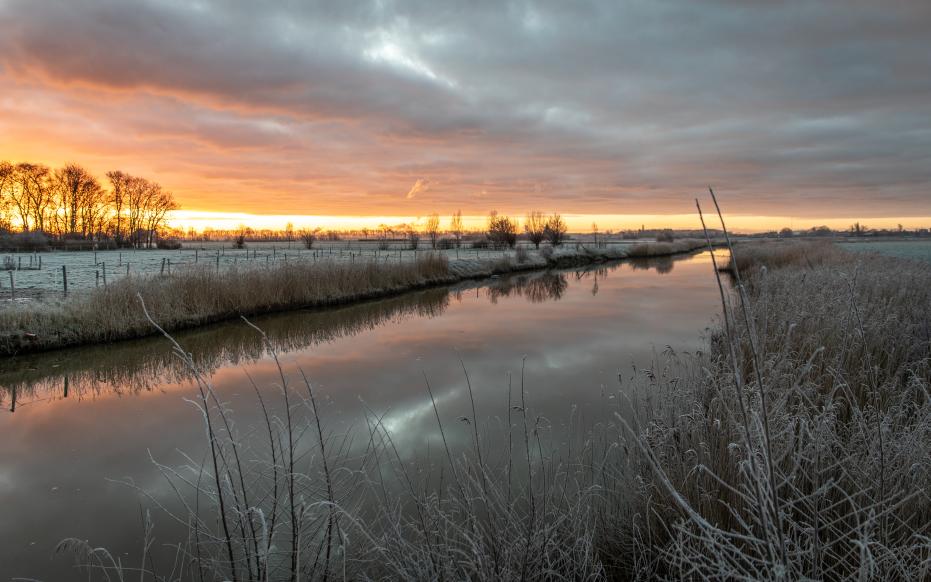Creek ridges and pool soils
The old island core did intersect with large and small tidal creeks in several places. Inside the creeks, stronger currents than outside them swept away some of the peat and deposited sand. Outside the creeks, the flow velocity of the water was lower and mostly clay was transported and deposited on top of the peat. Over the centuries, the peat and clay outside the creeks contracted, causing the land surface there to decrease. Therefore, today the former gullies lie higher in the landscape and form so-called creek ridges. On these are often the oldest roads and settlement centers. The low-lying clay-moorland areas outside the creek ridges are called poelgronden. Poelgronden are nowadays a valuable bird area and are part of Ganzenreservaat de Poel.




